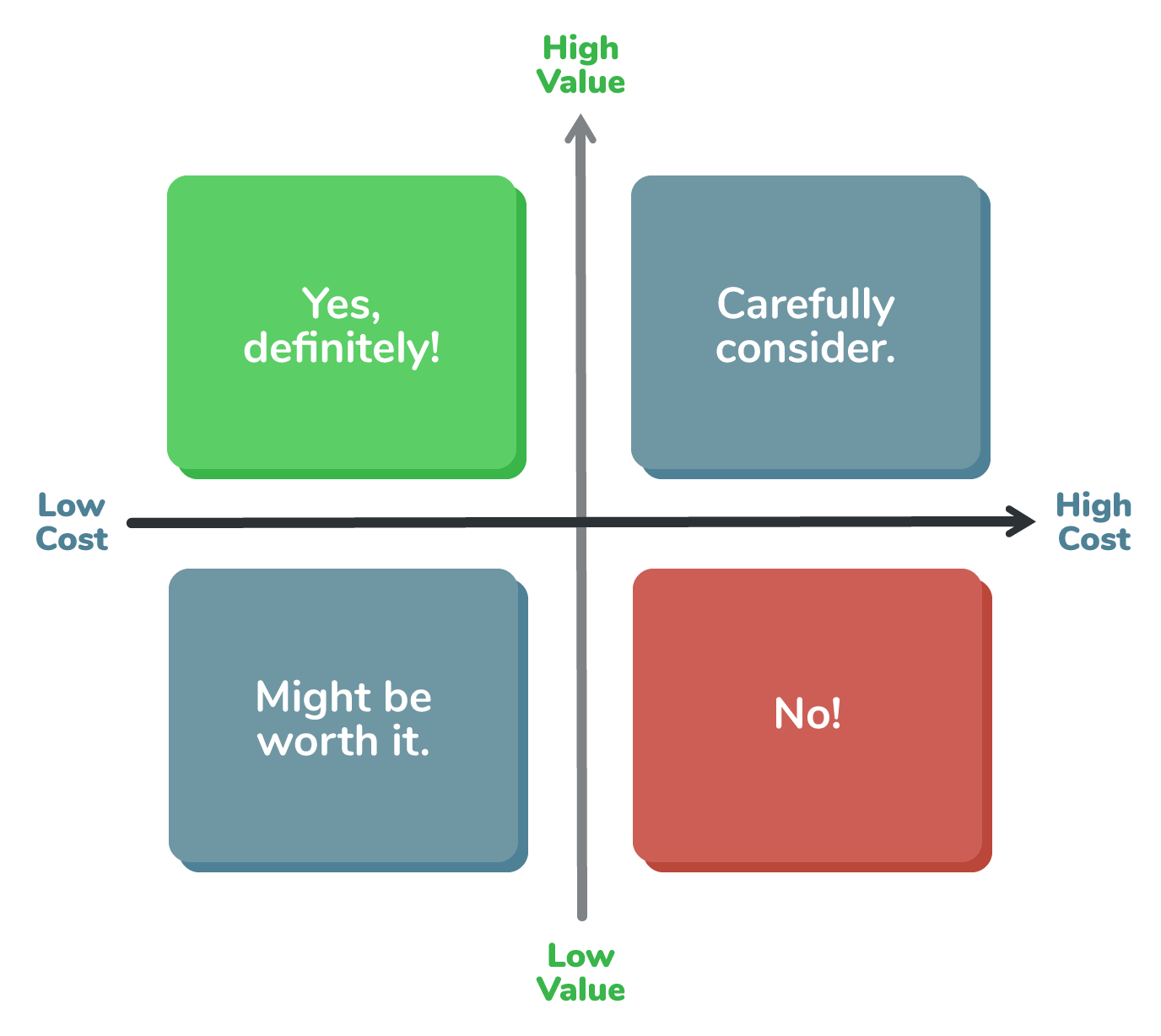Getting early stage feedback on your online course is the perfect way to identify what your course is doing well, as well as any areas that need improvement. Feedback from students can also give you the confidence to know whether your course is ready to promote to a wider audience. In this article, we’ll be walking you through everything you need to know about how and when to capture feedback for your online course.
- When should you get feedback?
- Should you give your course away for free in exchange for feedback?
- How can you get early stage feedback?
- What next?
When should you get feedback on your online course?
The earlier you can get feedback, the better. So, don’t wait until your course is ‘perfect’ and you’re about to launch to ask people what they think.
Remember: even rough ideas are still worth validating, and the insights you get during early-stage feedback will be invaluable in helping you determine how your course should shape in.
So, no matter which stage of the course design process you’re at, instead of trying to guess what needs to be fine-tuned: ask your students.
If you’re pre-launching your online course, getting early stage feedback should be an essential part of your strategy.
If you’re not pre-launching your course, consider a ‘soft launch’ to a restricted number of students as a way to get early stage feedback.
One key aspect of making the feedback process a success is to make giving feedback seem like a privilege. By giving a select group of students early access to something desirable, you not only make them feel special, you give them a chance to shape the course and have a voice in its development.
Should you give your course away for free in exchange for feedback?
Allowing free access to your course might help if you’re struggling to get any feedback, but when a customer has paid for something they are more likely to provide you with honest, detailed feedback.
By charging for your course from the get go, you can also validate your idea and test if people are willing to pay money for it. If they aren’t, you may have a problem.
If you’re finding it hard to secure paying customers, perhaps your course idea is not targeted enough. Ask yourself: how can I niche this idea down to something that really speaks to a clear pain-point?
Although asking students to pay for a course is preferable, you could offer a discount or another type of benefit in exchange for feedback, particularly if your course still requires some development.
Access to exclusive content or even a free, inexpensive gift that is related to your course content can help you get early stage feedback and boost your launch marketing efforts. Win-win.
 Free (relevant) gifts could help you get early stage feedback – and boost your marketing
Free (relevant) gifts could help you get early stage feedback – and boost your marketing
How can you get early stage feedback?
So, how should you approach people to start gathering insights? Here are three highly effective approaches to get you started:
1. Arrange student interviews
Once your students have finished your course, interview course participants one-on-one or arrange a group meeting. By speaking to someone face-to-face, you can follow up on interesting comments and go beyond stock phrases such as “I liked the course”, allowing you to get detailed and helpful feedback.
Here are some tips to help you conduct effective interviews:
- Use open-ended questions to get detailed responses (i.e. If you were in charge of the course, what would you change?)
- Keep interviews short; preferably around 20 minutes
- Record the interview so you don’t have to worry about taking notes
The downside of arranging this type of interview is that it is asking a lot of your students (and of you). As a result, you’ll likely get fewer students willing to help you out. To mitigate this, you could instead arrange for students to give feedback in less hands-on ways: for example, they could fill in a written feedback version of the interview using a conversational tool like Typeform.
2. Use email and a spreadsheet/Trello/Notion
An inexpensive way to get feedback is to ask students to send you feedback directly, via email or a quick survey. A great (and free) tool for this is Google Forms, which you can send out for people to fill in very easily online.
Depending on which form method you use, be sure to collect all feedback in a spreadsheet (Google Forms will do this automatically for you) or by syncing your form up to a project management tool like Trello or Notion.
Gathering the insights is one step, analyzing it is another.
Consider dividing all feedback into these groups:
- High value, low cost
- High value, high cost
- Low value, low cost
- Requires more thought/consideration

This means of categorization will help you to determine what needs to be prioritized first when making changes.
The downside of getting feedback via email or a simple survey, is that students have to leave the course and dig out your email or a survey link. This may not sound like much effort, but the harder you make it for someone to do something online, the less likely they are to do it!
This approach also requires you to be organised about collecting and managing feedback, so it really pays to plan out the full process before sending out any surveys.
3. Set up a Slack/Facebook group
If you’re happy with the idea of group feedback, a Slack or Facebook group can be a great way to gather early stage feedback. You might even find that members answer each other’s questions, and help decide your development priorities (if you get a lot of interest or thumbs up emojis on one topic, then prioritise it).
Again, you will need to decide how you are going to process this feedback so it’s actionable, rather than just lots of information in a chat channel.
It’s important to remember that even small, private groups need moderation. So be prepared to spend time checking that discussion is helpful and that spam or hostile behaviour isn’t a problem.
3. Use a feedback tool
Embedded online feedback tools are the simplest way for you to get early stage feedback.
Students simply click on a feedback button and then fill in a short form that you have created. Embedded feedback tools have the lowest barrier to entry as students don’t have to leave the course page or student dashboard, as feedback forms are generally overlays that ‘pop up’ or slide in.
Here are some of the biggest benefits of this method of insight capture:
- Feedback tools like Saber Feedback make it easy for students to take screenshots so they can show you what they are referencing.
- Some feedback tools also automatically include information about what page the customer is on, what browser they are using, and so on, which can help you diagnose problems.
- Feedback tools are usually simple to install on your online course.
The downside of feedback tools is that they are not typically free. However, they are one of the best (and most time-effective) ways to collect and process feedback from your students.
If you want to know a little more about what feedback buttons are, why you might want to use one, how they differ, how you install them and tips to improve their performance, we’ve outlined everything you need to know in our guide to feedback buttons.
What next?
To summarize, early stage feedback is a critical part of any online course development. Once you have early stage feedback, you’ll have a greater idea of:
- Whether your course idea has traction
- Whether your course will sell in its current state
- What you need to improve to sell more
- How you need to refine your marketing
- Who your best students will be (this might differ from your initial expectations)
With these insights you’ll be in a better position to make positive changes, which ultimately will help to make your course a success!
Good luck!
